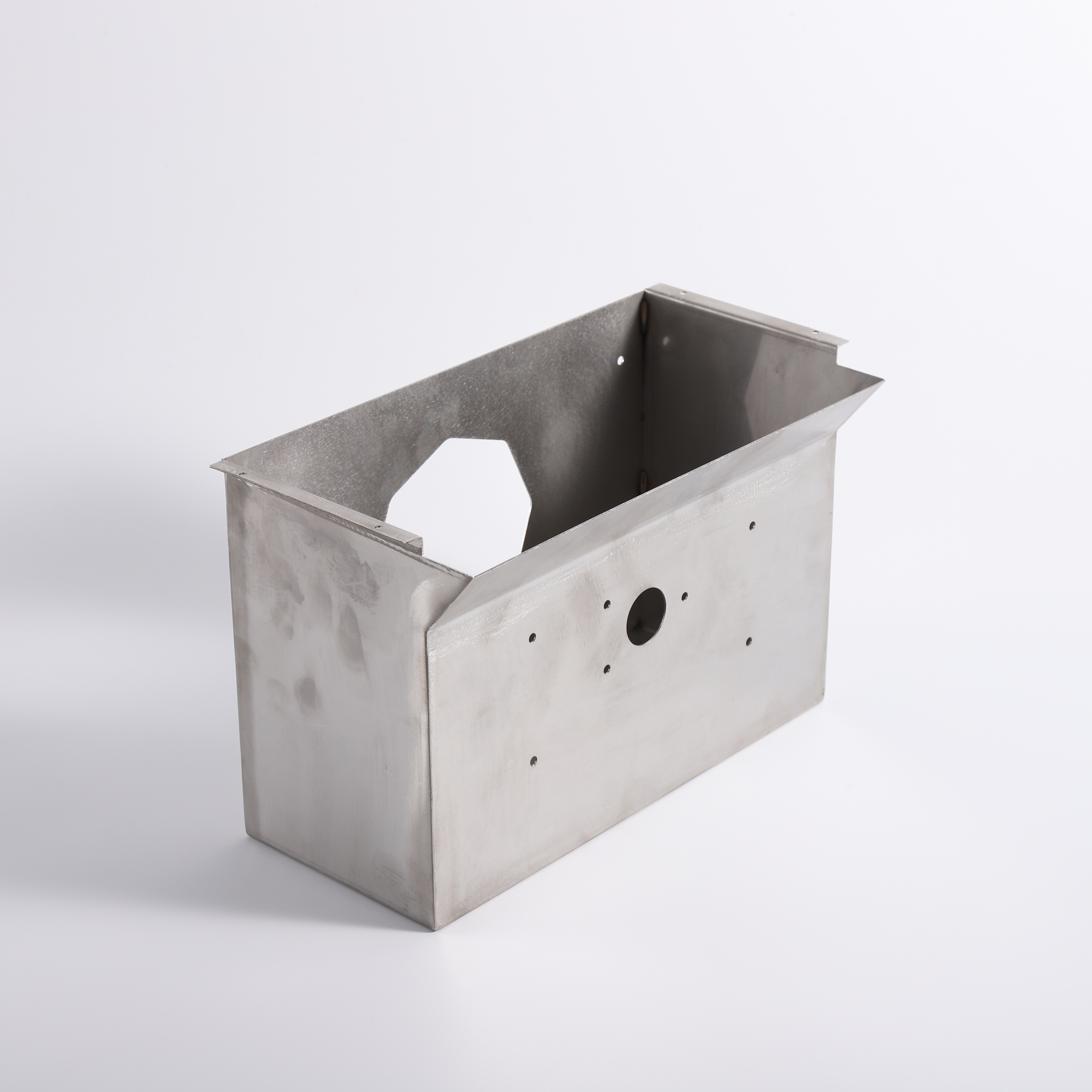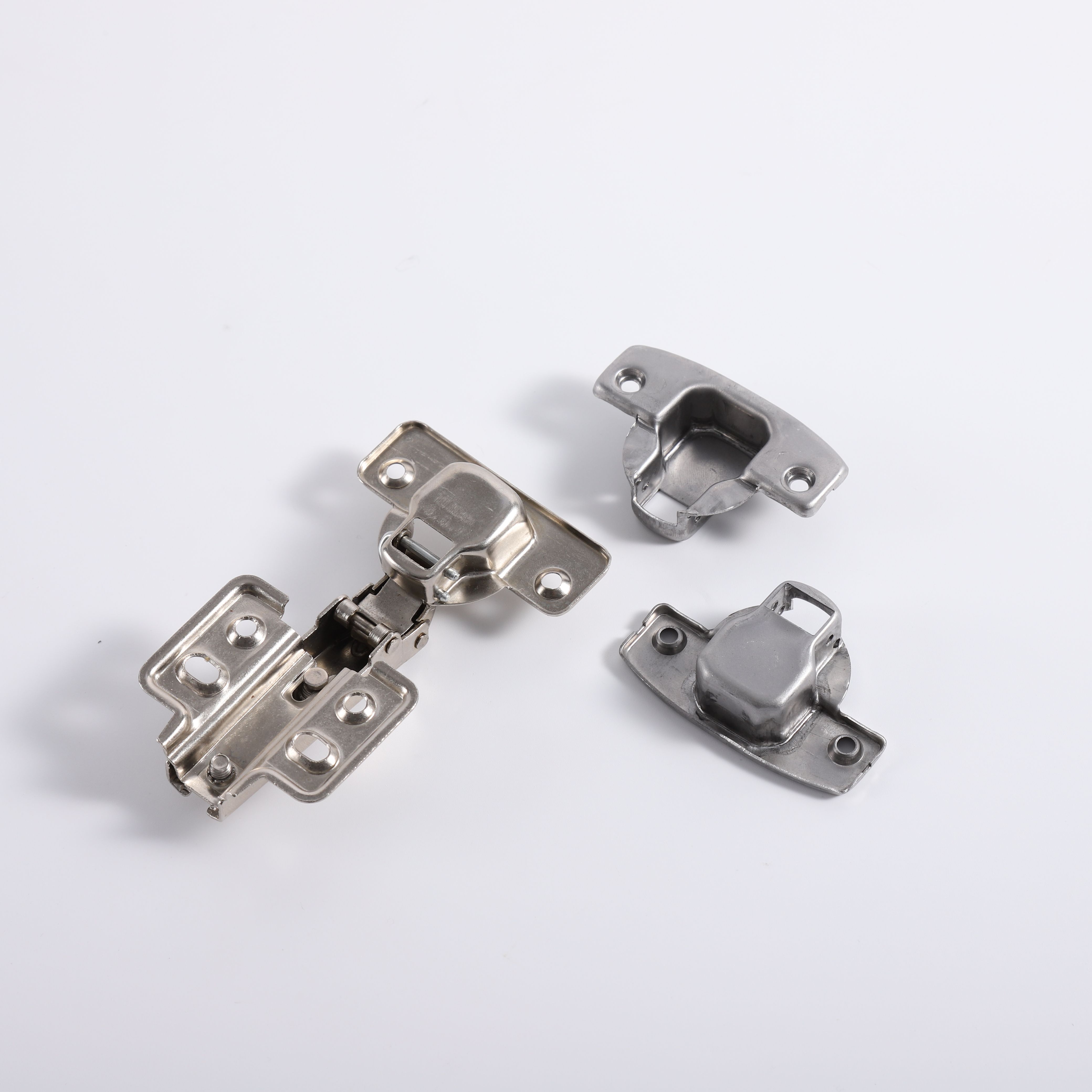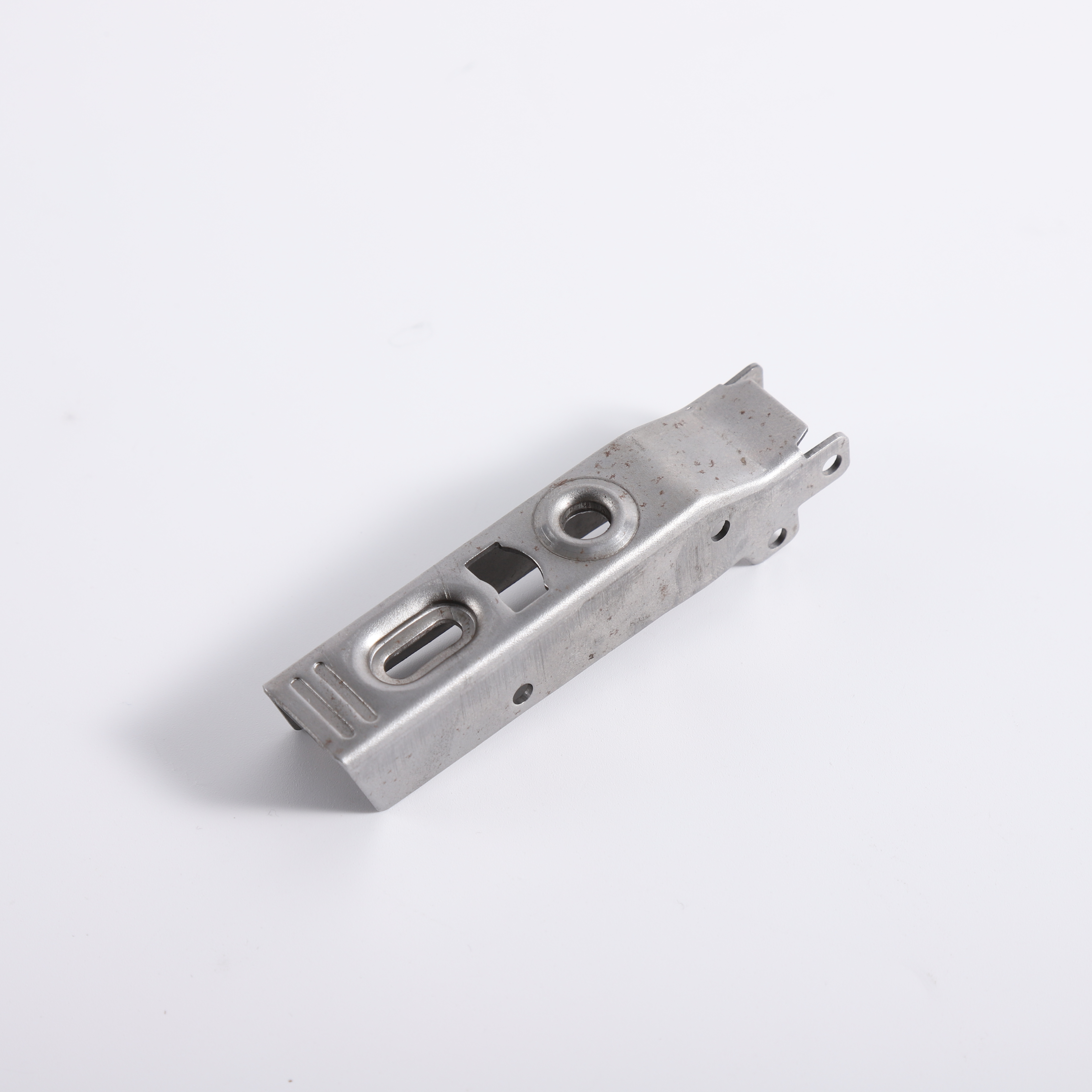On September 18th, a small conference aimed at setting up a "China Engineering Machinery Industry Industry Technology Innovation Strategic Alliance" was quietly held in Xuzhou. In this industry that has long been fully marketized and highly competitive, it is not easy to bring together many key companies.
However, China's construction machinery industry has come to the present, and the key component parts' long-term dependence on imports is an unavoidable bottleneck for the industry. If it is in line with the development path of foreign companies, especially Japanese companies, to establish a common technology innovation and sharing platform for R&D, it may be worth trying. Of course, this requires companies to examine the relationship between competition and cooperation from a higher level.
Missing platform
Cranes are an important model in construction machinery. It is widely used in railways, highways, urban construction, and large-scale projects such as wind power and nuclear power, and is playing an increasingly important role.
At the same time, it plays a key role in the development of the entire construction machinery industry in China. Since 2004, China's crane market has maintained an average annual increase of more than 30%. In 2009, the industry’s sales revenue exceeded 30 billion yuan. This not only means that China has become the world's largest crane market, but also the world's largest exporter of small-tonnage crane products.
More importantly, unlike other construction machinery products such as excavators and loaders, the cranes produced in China not only achieved a significant increase in the number of international markets, but also won recognition in terms of quality. After learning and innovation in recent years, China’s crane companies are gradually rewriting foreign users’ knowledge of Chinese construction machinery. However, it is undeniable that there is still a large gap between the internationally renowned companies in terms of technological breakthroughs, product development, innovation capabilities, reliability research, manufacturing processes, and corporate management. This leads to China's crane industry is not strong, and profit is meager. And in the international high-end market, especially in oversized tonnage products, the competitiveness of our country's cranes is seriously insufficient.
The development and manufacture of core components such as engines, hydraulic components, and electronic control systems have become the most difficult problems at hand. Long-term dependence on imports has become the only choice for Chinese companies.
One view is that the current development situation in China, especially manufacturing, is very similar to Japan in the 50s and 70s of the last century. Therefore, the voice of Japan’s advanced enterprises for benchmarking has gradually increased in the past two years.
Looking back at the "introduction-digestion-absorption" path that Japanese companies have followed, compared to the same historical point, what we lack is cooperation. It is a common common technology research and innovation platform.
Give up dispute
Those who are familiar with Japanese construction machinery products may find that there are sometimes two or three company logos on a single machine, and these companies are even dead in the market on weekdays.
This will surely puzzle outsiders, especially Chinese counterparts. However, in fact, this is the product of the common technology research and development sharing platform of the Japanese construction machinery industry. In that year, Japan chose to cooperate in order to solve the historical breakthrough of core component technology. Under the guidance of the state, a number of enterprises have jointly invested in the establishment of several such industrial alliances to work together to break through and achieve success. At least, most of the hydraulic components and engines of China's construction machinery currently come from this neighbourhood that has become a strong player.
In fact, before 2005, China’s construction machinery industry had always lived in harmony with the original system of the Ministry of Machinery, and even shared each other’s “brothersâ€. Communication between companies in various ways and at all levels was frequent, and To some extent, it shows the unity and spirit of "unanimously returning to the outside world and recovering lost land." However, since Carlyle's acquisition of Xugong’s case was blocked by 31, the construction machinery industry in China has sparked smoke. Afterwards, the price war in the loader industry and the succession of stories of various grudges between some enterprises in the industry have pushed the so-called "competition" to a hot topic.
In fact, it is not surprising that you are competing with each other, even to a certain extent, to promote the progress of China's construction machinery industry. Unfortunately, such "competition" allows companies to abandon cooperation.
This eventually led to the success or failure of China's construction machinery industry, which is large, not strong, and marginally profitable.
Objectively speaking, investing heavily in R&D is risky for companies. However, in the current economic environment, relying on the input of individual companies to achieve technological breakthroughs is not realistic, and cooperation may be a way out. However, this requires mindset and the height and vision of examining the relationship between competition and cooperation.
Sheet metal forming processes are those in which force is applied to a piece of sheet metal to modify its geometry rather than remove any material. The applied force stresses the metal beyond its yield strength, causing the material to plastically deform, but not to fail. By doing so, the sheet can be bent or stretched into a variety of complex shapes. Sheet metal forming processes include the following:
l Bending
l Roll forming
l Deep Drawing
l Stretch forming
Bending
Bending is a metal forming process in which a force is applied to a piece of sheet metal, causing it to bend at an angle and form the desired shape. A bending operation causes deformation along one axis, but a sequence of several different operations can be performed to create a complex part. Bent parts can be quite small, such as a bracket, such as a large enclosure or chassis.
V bending and Wipe bending
Roll forming
Roll forming, is a metal forming process in which sheet metal is progressively shaped through a series of bending operations. The process is performed on a roll forming line. Each station has a roller, referred to as a roller die, positioned on both sides of the sheet. The shape and size of the roller die may be unique to that station, or several identical roller dies may be used in different positions. The roller dies may be above and below the sheet, along the sides, at an angle, etc. the roller dies are lubricated to reduce friction between the die and the sheet, thus reducing the tool wear. Also, lubricant can allow for a higher production rate, which will also depend on the material thickness, number of roll stations, and radius of each bend. The roll forming line can also include other Sheet Metal Fabrication operations before or after the roll forming, such as punching or shearing.
Deep drawing
Deep drawing is a metal forming process in which sheet metal is stretched into the desired part shape. A tool pushes downward on the sheet metal, forcing it into a die cavity in the shape of the desired part. The tensile forces applied to the sheet cause it to plastically deform into a cup-shaped part. Deep drawn parts are characterized by a depth equal to more than half of the diameter of the part. These parts can have a variety of cross sections with straight, tapered, or even curved walls, but cylindrical or rectangular parts are most common. Deep drawing is most effective with ductile metals, such as aluminum, brass, copper, and mild steel. Examples of parts formed with deep drawing include automotive bodies and fuel tanks, cans, cups, kitchen sinks, and pots and pans
Stretch Forming
Stretch forming is a metal forming process in which a piece of sheet metal is stretched and bent simultaneously over a die in order to form large contoured parts. Stretch forming is performed on a stretch press, in which a piece of sheet metal is securely gripped along its edges by gripping jaws. The gripping jaws are each attached to a carriage that is pulled by pneumatic or hydraulic force to stretch the sheet. The tooling used in this process is a stretch form block, called a form die, which is a solid contoured piece against which the sheet metal will be pressed. The most common stretch presses are oriented vertically, in which the form die rests on a press table that can be raised into the sheet by a hydraulic ram. As the form die is driven into the sheet, which is gripped tightly at its edges, the tensile forces increase and the sheet plastically deforms into a new shape. Horizontal stretch presses mount the form die sideways on a stationary press table, while the gripping jaws pull the sheet horizontally around the form die



Sheet Metal Forming,Sheet Metal Forming Services,Custom Sheet Metal Forming,Precision Sheet Metal Forming
Suzhou FCE precision electronics Co., LTD , https://www.fukeyifcesz.com